Introduction
The Great Train Robbery of 1963 remains one of the most audacious and well-planned heists in British history. A gang of criminals executed a daring plan to steal a fortune from a Royal Mail train traveling through the English countryside. Though they initially escaped with millions, the law eventually caught up with most of them. This article delves into the full story—who was involved, how they pulled it off, and what happened afterward.
The Crime That Captivated a Nation
The sheer scale and precision of the Great Train Robbery stunned both law enforcement and the public. Unlike most robberies that involve quick smash-and-grab tactics, this was a meticulously planned operation. The criminals studied train schedules, manipulated railway signals, and ensured a nearly flawless execution. However, small mistakes led to their downfall, making this case a classic example of how even the smartest criminals can leave behind traces.
Timeline of the Great Train Robbery
Early 1963: Planning the Heist
- Bruce Reynolds, a well-known criminal mastermind, began assembling a team.
- The gang included seasoned criminals like Ronnie Biggs, Charlie Wilson, and Gordon Goody.
- They received insider information from a mysterious figure, later called “The Ulsterman.”
- Their plan was to stop the Royal Mail train and make off with a massive haul of cash.
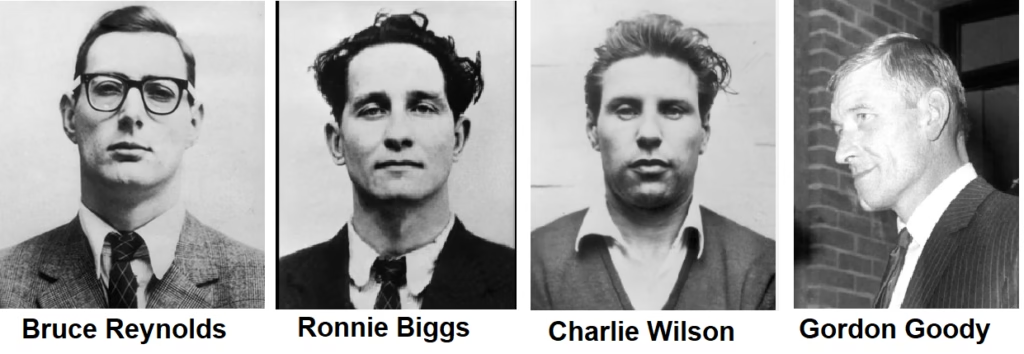
August 7, 1963: Setting the Trap
- The gang gathered at Leatherslade Farm, their safe house in Buckinghamshire.
- They tampered with a railway signal, forcing the train to stop exactly where they needed it to.
August 8, 1963: The Robbery
Time: Around 3:00 AM
Location: Bridego Bridge, Ledburn, Buckinghamshire
- The robbers switched the signal light to red, stopping the train.
- Train driver Jack Mills was struck on the head when he resisted.
- The gang detached the train car containing the money and forced a backup driver to move it half a mile ahead.
- They stole 120 sacks of cash, worth approximately £2.6 million at the time (equivalent to about £60 million today).
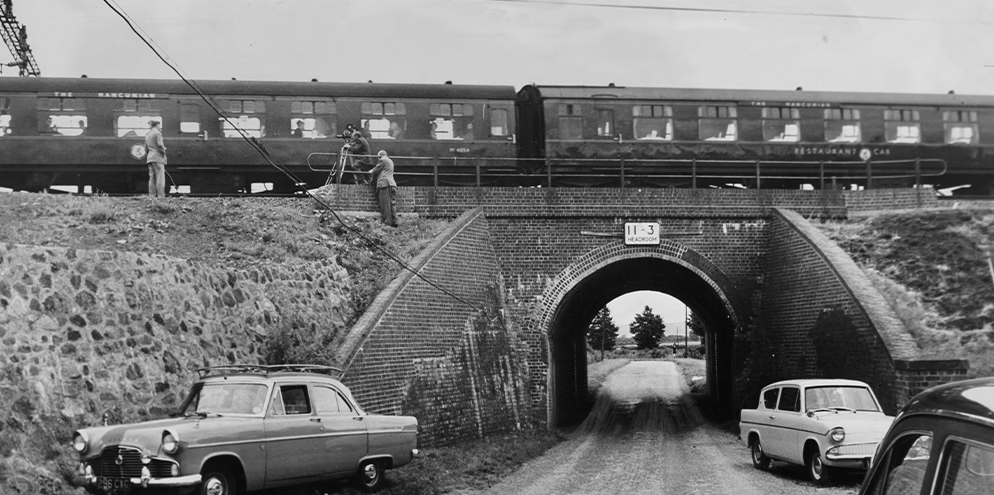
August 8–12, 1963: Hiding at the Farm
- The gang transported the money to Leatherslade Farm.
- They carefully counted their loot but left behind fingerprints and other key evidence.
- As police closed in, they abandoned the farm and scattered.
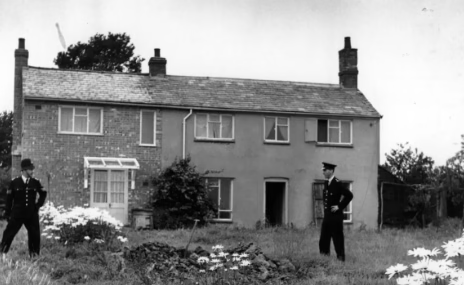
September 1963: The Police Close In
- September 15, 1963: Charlie Wilson was arrested at his home.
- More gang members were captured over the following months.
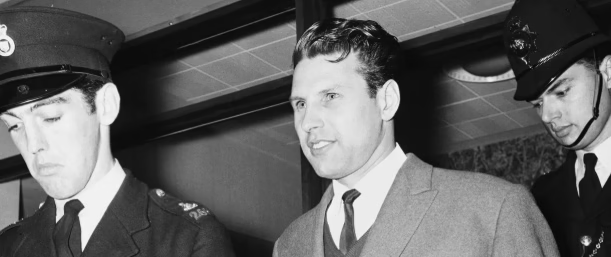
1964–1969: Trials and Sentences
- The trial began in January 1964, and by March, the gang received long sentences:
- Bruce Reynolds: 25 years
- Charlie Wilson: 30 years (escaped in 1965 but was recaptured in Canada)
- Ronnie Biggs: 30 years (escaped in 1965, lived in Brazil for decades)
- Buster Edwards: 15 years
- Gordon Goody: 30 years
- Most members faced similar fates.
Life on the Run
- Ronnie Biggs fled to Spain, then Brazil, and avoided extradition for decades.
- Charlie Wilson escaped but was later found in Canada.
- Some members vanished, while others reintegrated into normal life after serving time.
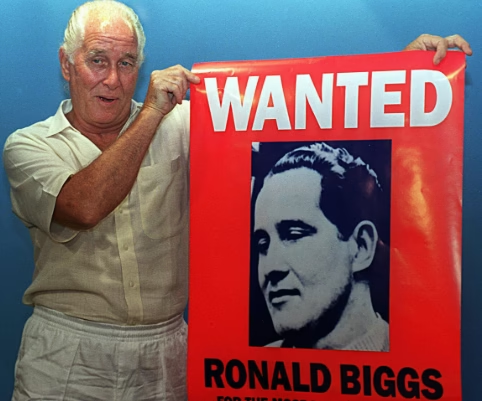
The Key Figures Behind the Heist
Bruce Reynolds: The Mastermind
- A career criminal with a taste for fast cars and luxury.
- Orchestrated the heist but was arrested in 1968.
Ronnie Biggs: The Notorious Escapee
- Played a minor role in the robbery but gained infamy for his escape.
- Lived in Australia, Spain, and Brazil before returning to the UK in 2001.
Buster Edwards: The Reformed Criminal
- After serving time, he opened a flower stall in London.
- His life inspired the 1988 film Buster, starring Phil Collins.
The Ulsterman: The Mystery Informant
- The anonymous insider who provided key intelligence about cash movements.
- His true identity remains unknown.
The Legacy of the Great Train Robbery
This heist captivated the public and has been immortalized in numerous books, films, and documentaries. While the robbers managed to outsmart the system temporarily, justice eventually prevailed. However, most of the stolen money was never recovered, leading to countless theories about hidden caches.
Cultural Impact
- The story has inspired movies like Buster and countless TV specials.
- Even today, it remains a case study in criminal planning—and police investigation.
Sources
- BBC History – The Great Train Robbery
- The Guardian – Ronnie Biggs Obituary
- History Extra – How the Great Train Robbery Happened
Conclusion
The Great Train Robbery of 1963 stands as one of history’s boldest and most infamous heists. Although the gang executed their plan with remarkable precision, their mistakes led to their eventual downfall. This case remains a fascinating blend of criminal genius, law enforcement perseverance, and mystery.
“Crime might be exciting, but the law always catches up in the end.”
What do you think about this historic heist? Share your thoughts in the comments!
Thanks for reading! 🚂





